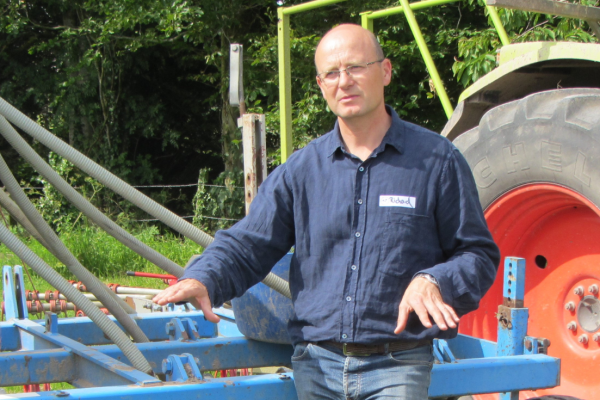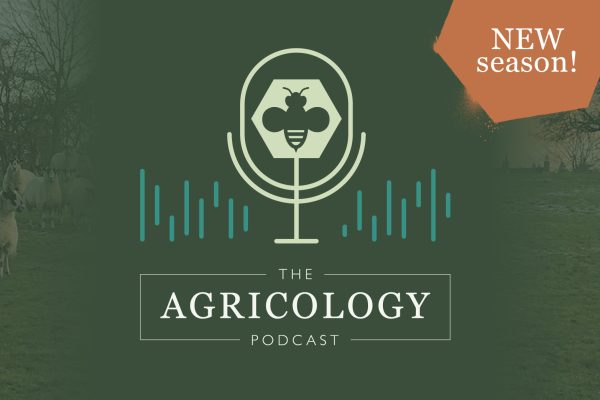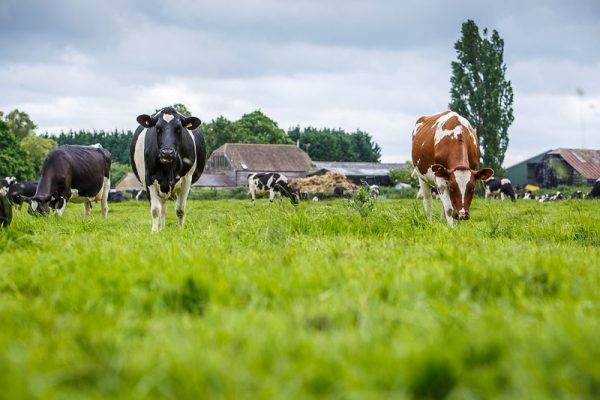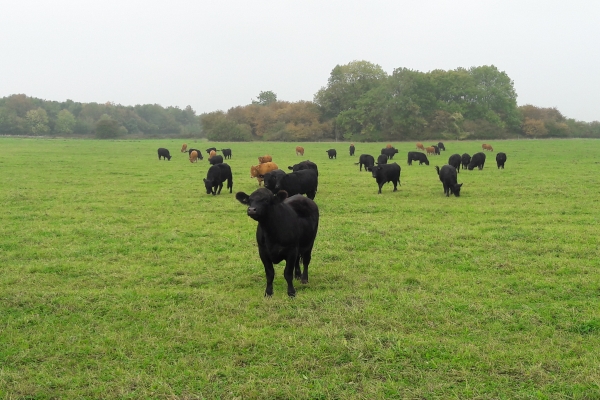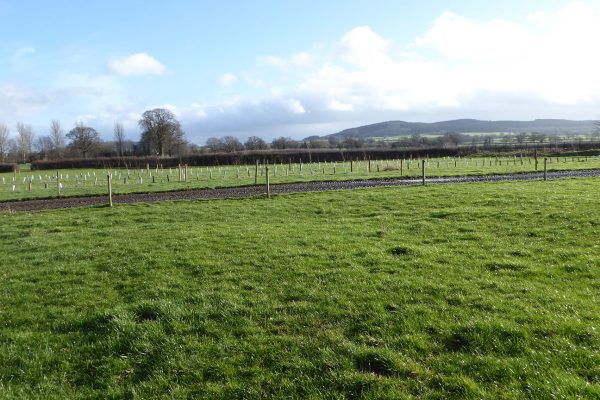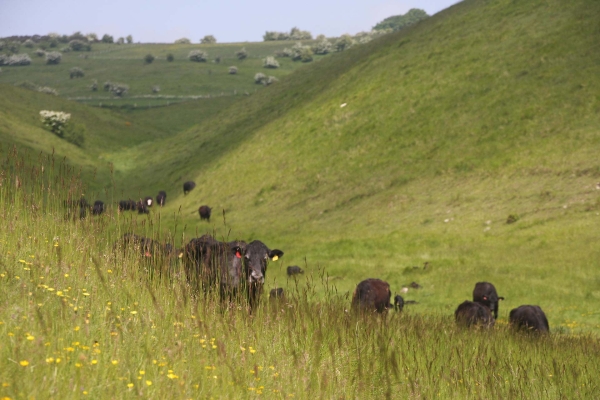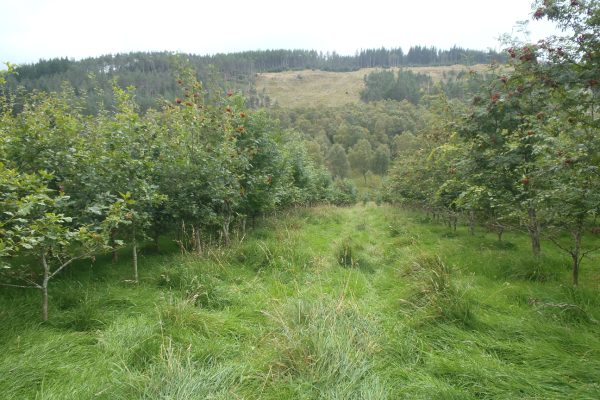Livestock in the Landscape: Optimal Carrying Capacity of Land for Livestock
ORFC 2024
Resource explained
This session at the Oxford Real Farming Conference 2024, organised by Agricology, and chaired by Matt Smee, featured Organic Research Centre’s Lindsay Whistance with Simon Fairlie and Richard Gantlett. It presented ideas and approaches that look to re-frame the case for livestock in the landscape. It didn’t shy away from asking difficult questions.
Findings & recommendations
- Lindsay Whistance stated her concerns as to how livestock is (mis)represented in the narrative around climate change.
- Livestock play a crucial role in functioning ecosystems, improving fertility, managing weeds and making room for other species to thrive, with associated biodiversity benefits. Under-grazing can be as damaging to ecology and landscape as over-grazing. With no apex predators, population control of species needs to be managed.
- Lindsay concluded: “There is a place for human food – animal-derived products – but this (meat, dairy etc) should come as a consequence of planetary health and ecosystem health, first and foremost.”
- Simon Fairlie highlighted the role of livestock in recycling ‘food waste’ and how that has been disrupted by disease scares and regulations. “Animals are a necessary part of an agricultural system“
- Organic and biodynamic farmer Richard Gantlett‘s Yatesbury House Farm in Wiltshire is storing 10x more carbon than it is emitting. Rotational grazing allows the herd instinct to manifest itself. By fencing in the crops, not the cattle, they are developing a forest farm approach that allows the cattle to roam in the woods, accessing shelter and diverse nutrition through browsing.
- Richard said: “We need to respect and revere our cattle. We aim to respect all life on our farm. It’s not the type of food that is important, it’s the system that the food has been grown in.”
Summary provided by:
Phil SumptionEdited by:
Janie CaldbeckRelated articles
Richard farms beef cattle and cereals biodynamically at Yatesbury House Farm, on the Wiltshire downs near Avebury. In a series of videos, he describes his...
This Agricology podcast series sets out to explore the concept of optimal carrying capacity for livestock, relating to the health of the animal, the farm,...
Liz Bowles from the Soil Association explains how livestock can play a role in carbon sequestration and soil health.
This resource looks at the practicalities of introducing pasture-fed livestock systems, the benefits and draw-backs of adoption with case studies and links
Interesting research insights from Rothamsted Research based on a long-term grazing experiment that compares set-stocking with cell grazing
ORC Bulletin article reporting on farmers that have been combining diverse leys with livestock and some of the pros and cons of this practice revealed...
This Groundswell 2024 session explored the role and challenges of incorporating trees into dairy farming systems.
The 'Sustainable Economic and Ecological Grazing Systems - Learning from Innovative Practitioners' (SEEGSLIP) project sought to evidence the practices of Pasture for Life (PFL) producers and farmer members using...
Recommendations from the SOLMACC project for implementing climate-friendly and resilient farming practices on-farm.





